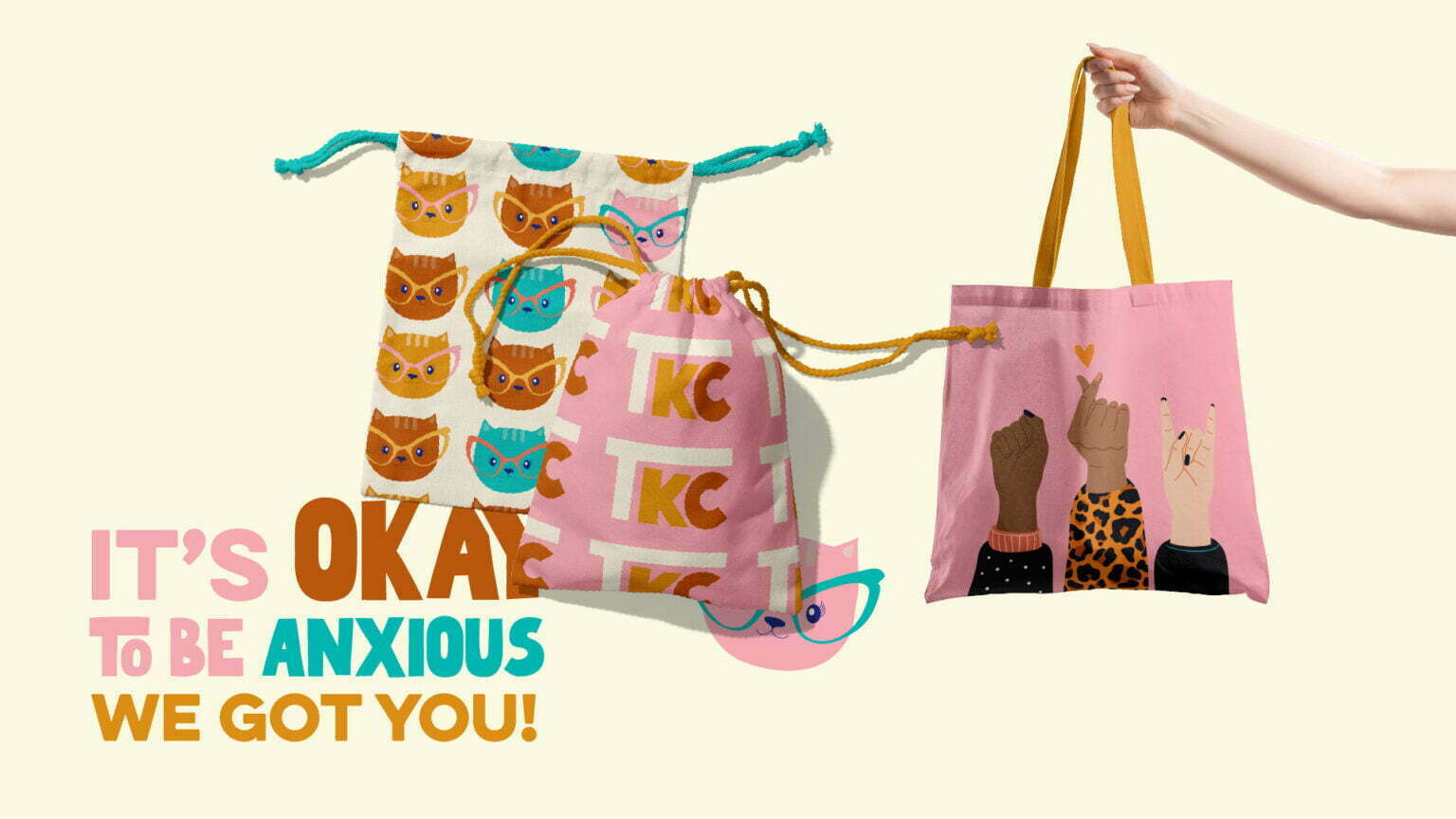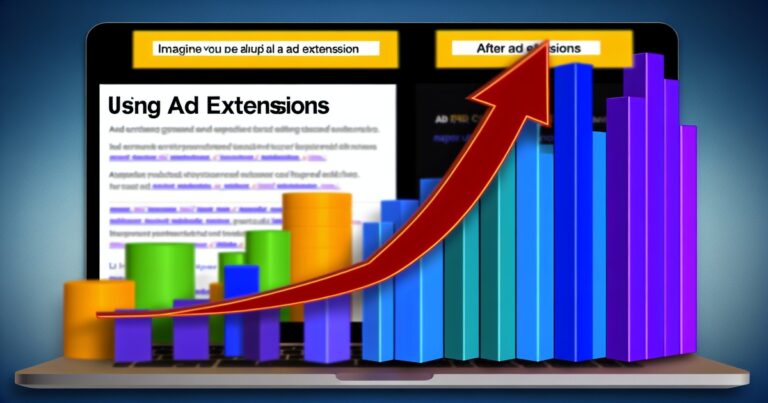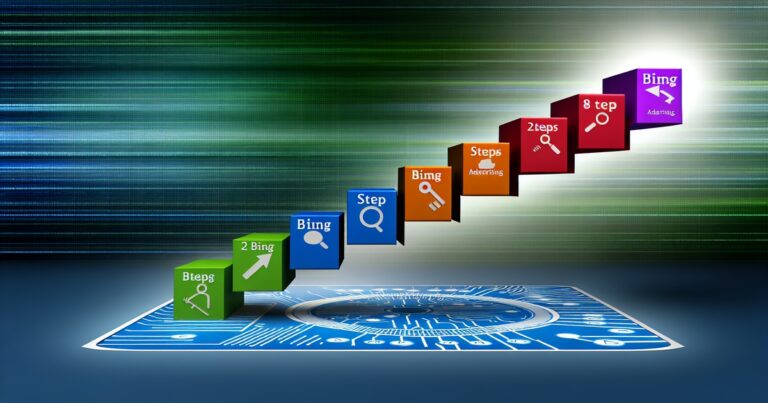What is graphic design and why it’s a valuable skill in today’s digital age?
Graphic design is the art and practice of combining text, images, and other visual elements to communicate a message or idea. It encompasses a wide range of mediums including print, digital, packaging, branding, advertising, and more.
In today’s increasingly digital world where visual content dominates social media and online marketing, graphic design has become an essential skill for businesses and individuals alike. A well-designed logo or website can make the difference between standing out from the competition or blending in unnoticed.
Why starting a graphic design business with no experience is possible?
Starting any business can be daunting, but starting a graphic design business with no prior experience may seem impossible. However, the truth is that anyone with a passion for creativity and an eagerness to learn can start their own successful graphic design business.
With the help of free online resources like YouTube tutorials or Skillshare courses coupled with daily practice and experimentation honing your skills as well as building up your network of potential clients through social media platforms like Instagram or LinkedIn are great ways to get started on this journey. So don’t let lack of formal education nor professional experiences hold you back from following your dream of becoming a freelancer in this exciting field!
The Importance of Research and Planning
As with any new business venture, research and planning are critical when starting a graphic design business. Without these essential steps, you may find yourself struggling to attract clients, make sales, or generate leads. It’s crucial to understand your industry’s trends, competition, and target market before embarking on a new venture.
Researching the Industry
Researching your industry can help you identify trends that could impact your business. It’s essential to stay up-to-date with the latest technology advancements and software applications used in graphic design. This knowledge can also help you identify potential areas of growth or opportunity within the market.
Consider joining online communities or forums related to graphic design. You can learn about common problems encountered by other designers and network with potential clients.
Competitive Analysis
Conducting a competitive analysis is essential when starting a graphic design business. You’ll want to understand what other businesses in your area are offering their clients and how they’re positioning themselves in the market.
Identify what sets your services apart from others in the industry. Use this information to differentiate yourself from competitors when marketing your services.
Creating a Business Plan
Your business plan should outline goals, strategies, and finances for your graphic design business. Think about why you’re starting this venture: Are you interested in freelancing?
Do you want to build an agency? Your plan should include detailed information on how much money you need upfront (startup costs), how much revenue you anticipate generating each year over the next five years (projected financials), what marketing strategies will be employed for attracting customers (marketing plan), and what long-term goals exist for your company (mission statement).
Building Your Brand Identity
Your brand identity includes all aspects of how consumers perceive your company visually – logo designs & colours are just a part of it. The look and feel of your website, social media presence, and any printed marketing materials should all be considered in your branding strategy. Ensure that you are consistent with your brand’s image across all mediums.
Your brand should reflect your company’s values and attract clients who share them. A strong brand identity will help you stand apart from competitors and create a loyal following among clients.
Research and planning are critical when starting a graphic design business with no experience. By researching the industry, competition, and target market; creating a business plan that outlines goals, strategies, finances; as well as building an effective brand identity that reflects your values – you’ll set yourself up for success right from the start.
Learning Graphic Design Skills
Mastering the Art of Graphic Design: Free and Low-Cost Online Resources
One of the challenges of starting a graphic design business with no experience is learning how to create visually appealing designs that meet clients’ needs. Fortunately, there are many free and low-cost resources available online for aspiring designers to learn the basics of graphic design.
Adobe Creative Cloud tutorials provide step-by-step guidance on how to use software such as Photoshop, InDesign, and Illustrator. These tutorials range from beginner level to advanced and cover a wide variety of topics that are essential for any graphic designer.
In addition to Adobe Creative Cloud tutorials, YouTube is an excellent resource for learning about graphic design. Many professional designers upload free videos explaining various techniques and tips on how to improve your skills as a designer.
Skillshare courses offer in-depth classes on specific areas such as logo design or typography. While some Skillshare courses require premium membership fees, many others offer free trials or have limited free options.
Practice Makes Perfect: The Importance of Practice and Experimentation
Learning graphic design skills requires a lot of practice and experimentation. It’s essential for beginners to start with basic techniques before moving on to more complex projects.
When starting out, it’s important not only to focus on technical aspects but also experiment with different styles and mediums to discover what works best for you. Creating personal projects can be an excellent way to practice your skills while also building your portfolio.
These projects could include designing logos for fictional companies or creating posters for bands that don’t exist yet. Another great option is working with friends or family members who need help with creating invitations, flyers or other designs.
Ultimately, developing your style as a designer takes time and effort but it’s important not to get discouraged by failures along the way because they will happen! With diligent practice, patience, creativity in collaboration with others, and a deep passion for the field, it is possible to improve your skills and start a successful graphic design business with zero experience.
Building Your Portfolio
Showing off Your Skills
Once you’ve learned the basics of graphic design and have developed your own style, it’s time to create a portfolio that showcases your skills. Even if you don’t have any professional experience, there are several ways to build up your portfolio. One of the most effective ways is to create mock projects.
Pretend you’re a designer for a real-world company or organization and create designs that meet their needs. For example, create a logo for a bakery, business cards for a local lawyer, or social media graphics for a non-profit organization.
This not only helps you develop your skills but also demonstrates to potential clients that you can deliver high-quality designs. Another option is to work with friends and family members who need design work done.
You can offer your services for free or at a discounted rate in exchange for using their projects in your portfolio. This is also an opportunity to gain valuable feedback from people who know you personally and can provide honest critiques.
The Importance of Quality over Quantity
When building your portfolio, it’s important to remember that quality matters more than quantity. You don’t need dozens of projects in your portfolio – instead, focus on showcasing the best examples of your work.
Choose designs that demonstrate a variety of skills such as typography, color theory, layout design, and branding. Be sure to include both digital and print pieces as well as projects in different mediums like web design or packaging design if applicable.
Remember to present each project professionally with clear images and descriptions that explain the purpose behind each piece. Consider creating case studies that highlight the process behind each project – this not only adds depth to your portfolio but also demonstrates how you approach problem-solving as a designer.
Showcasing Your Style
Use your portfolio as an opportunity to showcase your unique style as a designer. Potential clients want to see what sets you apart from other designers, so don’t be afraid to experiment with different techniques or styles that reflect your personality and interests.
Consider including a brief bio that shares a bit about yourself and your design philosophy. This not only adds a personal touch to your portfolio but also helps potential clients connect with you on a deeper level.
Overall, building a strong portfolio takes time, effort, and creativity – but it’s an essential step in starting a successful graphic design business. By showcasing your skills, focusing on quality over quantity, and highlighting your unique style as a designer, you’ll be well on your way to attracting clients who appreciate your talent and vision.
Finding Clients
Networking Events
Attending networking events is a great way to meet potential clients and build relationships in the industry. Look for local events and conferences related to graphic design, marketing, or entrepreneurship.
Bring business cards and be prepared to talk about your services and skills. Don’t be afraid to ask questions and show interest in other people’s projects – building a strong network can lead to referrals and new opportunities.
Social Media Platforms
Social media platforms like Instagram, Twitter, LinkedIn, and Facebook can be great tools for finding clients. Create a professional profile that showcases your work and skills. Use relevant hashtags to help people find you.
Engage with other designers or potential clients by commenting on their posts or tagging them in relevant content. Offer value through tips or tutorials related to graphic design – this will help establish yourself as an expert in the field.
Job Boards
Job boards like Upwork or Fiverr are online marketplaces that connect freelancers with clients looking for services such as graphic design. Be sure to create a complete profile that showcases your work experience, skills, and portfolio. Start by applying for smaller projects to build up your experience and ratings on the platform; this will make it easier to land bigger projects later on.
Pitching Yourself as a Designer
When pitching yourself as a designer, it’s important to focus on your unique selling points (USPs). These might include things like specialized skills (e.g., expertise in logo design), quick turnaround times, affordability, attention-to-detail etc. Be clear about what sets you apart from other designers out there.
Create sample briefs with mock designs that showcase how you’d approach any project – these should be tailored according to the type of project you’re pitching for. Don’t forget about testimonials – these can be from past clients, professors or even friends.
Conclusion
Starting a graphic design business with no experience is definitely a challenge, but it’s not impossible. With determination, hard work and patience you can make it work.
It’s important to constantly upskill yourself and improve your portfolio while building relationships with potential clients. Remember, the most important thing is to stay confident in yourself – success doesn’t come overnight but with persistence and focus you’ll get there eventually!









